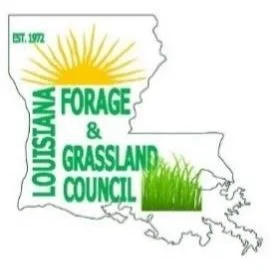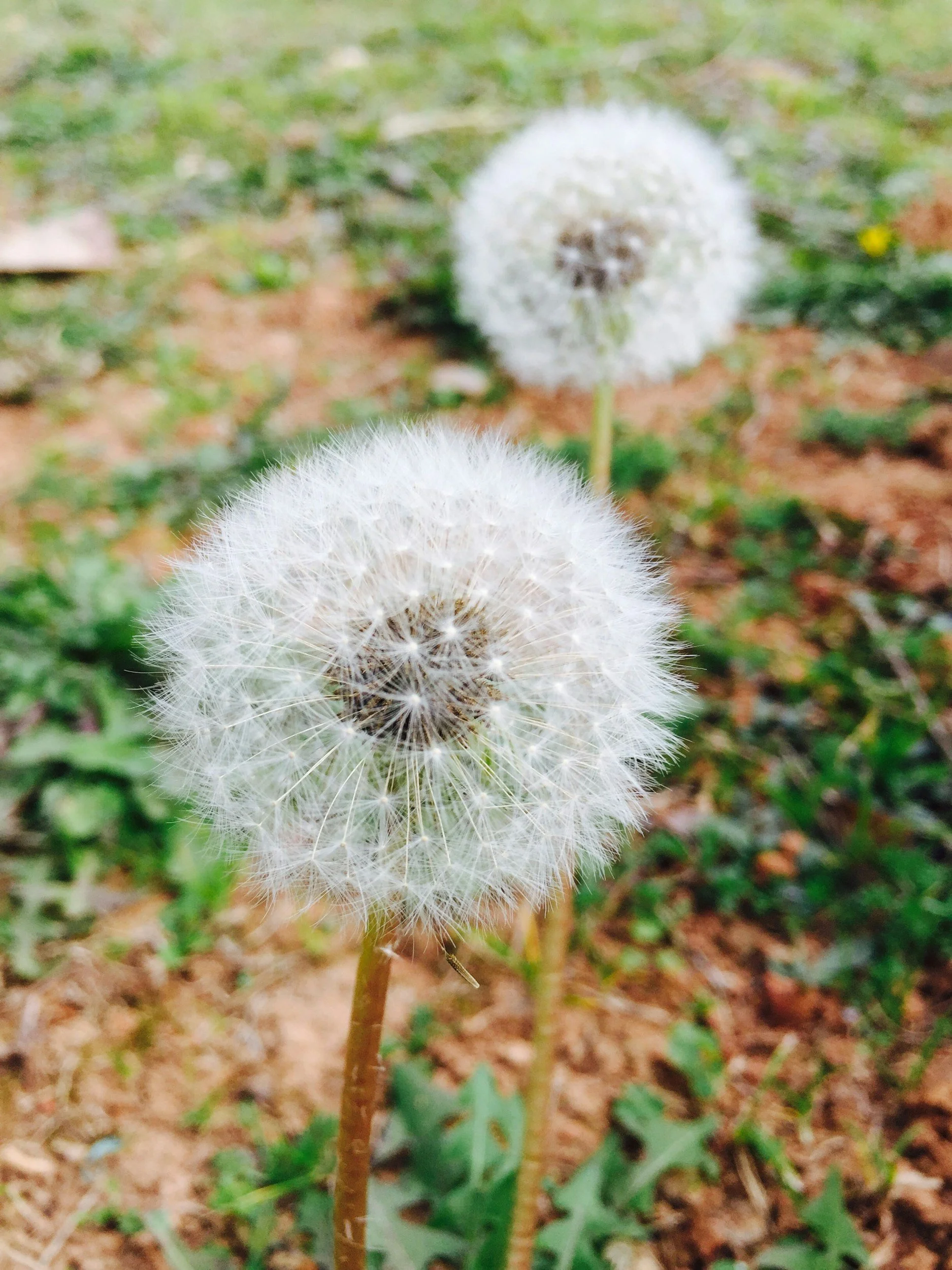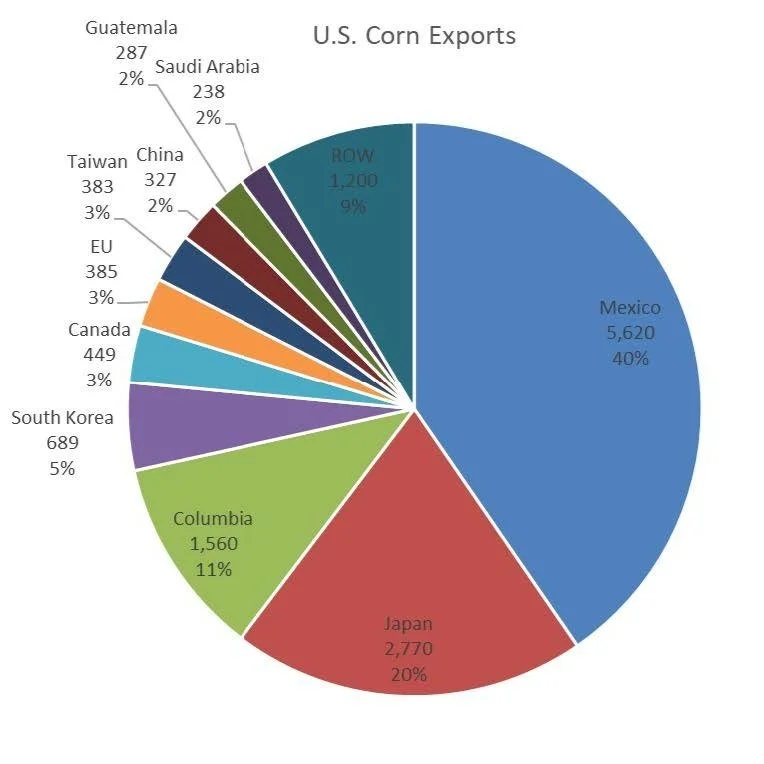Spring is in full swing as producers work to get any remaining cool season forages off pastures to allow for warm season forages to make their way through. Remember that forages, such as our winter annuals, can easily shade out summer perennials like bermudagrass. Your local extension agent can help you develop a plan to ensure maximum production of warm season forages on your operation.
Read MoreWarm-season perennial grasses such as bahiagrass, bermudagrass, and dallisgrass make up most of the acres of improved pasture in Louisiana. They also produce most of the grass hay harvested in the state. These grasses, if properly managed, are capable of remaining productive for many years after establishment, but initial establishment costs can be high.
Read MoreVariety selection is an important decision that producers must make when establishing forages in pastures. Many varieties of forage crops are marketed in Louisiana and scientists with the Louisiana State University Agricultural Center periodically conduct variety trials with warm-season forages. This information is used to make suggestions each year concerning warm-season forages for producers to consider utilizing.
Read MoreThe 2025 soybean planting season in Louisiana began favorably, with 80% of the crop planted by May 4th, significantly ahead of the 5-year average of 54%. However, recent heavy rainfall has introduced concerns. Late April storms caused flooding in some fields, necessitating replanting in certain areas.
Read MoreLouisiana soybean planting is running well ahead of schedule, mainly because of good weather and partly because this year’s crop is smaller. LSU AgCenter reporter Craig Gautreaux has the story from northeast Louisiana.
Read MoreHurricane season officially begins June 1, and now is the time to get ready for potential storms. Hurricane Preparedness Week, observed May 4 to 10, is a reminder for Louisiana residents to review their emergency plans, strengthen their homes and prepare their families before a major storm arrives.
Read MoreThe second Louisiana Charitable Food Summit recently brought together community leaders, nonprofit organizations, food system experts and advocates to address food insecurity across Louisiana. The event, hosted in Baton Rouge by the LSU AgCenter Healthy Communities team, focused on the theme “Moving Forward Together.”
Read MoreThe Louisiana State University (LSU) AgCenter and College of Agriculture hosted their second annual AgExcellence Awards Ceremony last Friday to celebrate leaders whose contributions have significantly advanced the LSU AgCenter and College of Agriculture's mission.
Read MoreAs students and teachers rushed to their classes at Carencro Middle School recently, a group of students walked to a brightly decorated classroom near the entrance of the school. All around the class were posters and signs denouncing the use of drugs, vapes and alcohol. The students sat excitedly and patiently for their teacher, Na’lani Zeno, to get started.
Read MoreThe LSU AgCenter and College of Agriculture proudly hosted the second annual AgExcellence Awards Ceremony, presented by A. Wilbert’s Sons, on April 25, 2025. The event, led by Vice President and Dean Matt Lee and emceed by Veronica Mosgrove from the Louisiana Office of Tourism, celebrated leaders whose contributions have significantly advanced the LSU AgCenter and College of Agriculture's mission.
Read MoreThe Louisiana Master Farmer Program’s primary purpose is to address environmental concerns and enhance agricultural production through best management practices for farmers and landowners. Since its inception in 2001, the program has had more than 4,100 participants in at least one phase of the program.
Read MoreSunghun Lim, assistant professor in the Department of Agricultural Economics at the LSU AgCenter and College of Agriculture, has been awarded a prestigious fellowship that will further his research and connect him with the U.S. Department of Agriculture Office of the Chief Economist.
Read MoreWith warmer temperatures, our lawns are certainly growing now, but weeds have been rapidly emerging, too. On this edition of Get It Growing, LSU AgCenter horticulturist Jason Stagg and AgCenter turf specialist Eric DeBoer discuss how to control existing cool season weeds and emerging warm season ones.
Read MoreThis newsletter contains the latest agricultural policy happenings from the recent quarter.
Read MoreSoybean contracts jumped 20 cents in midday trading on Wednesday, April 9th, joining other commodities in a sharp rebound, after President Donald Trump took to social media to again raise tariffs on the biggest buyer of U.S. soybeans- China. New Chinese tariffs (125%), set Wednesday, April 9th, more than double the cost for Chinese buyers to import U.S. soybeans, but that didn't stop soy-bean futures from climbing higher.
Read More














